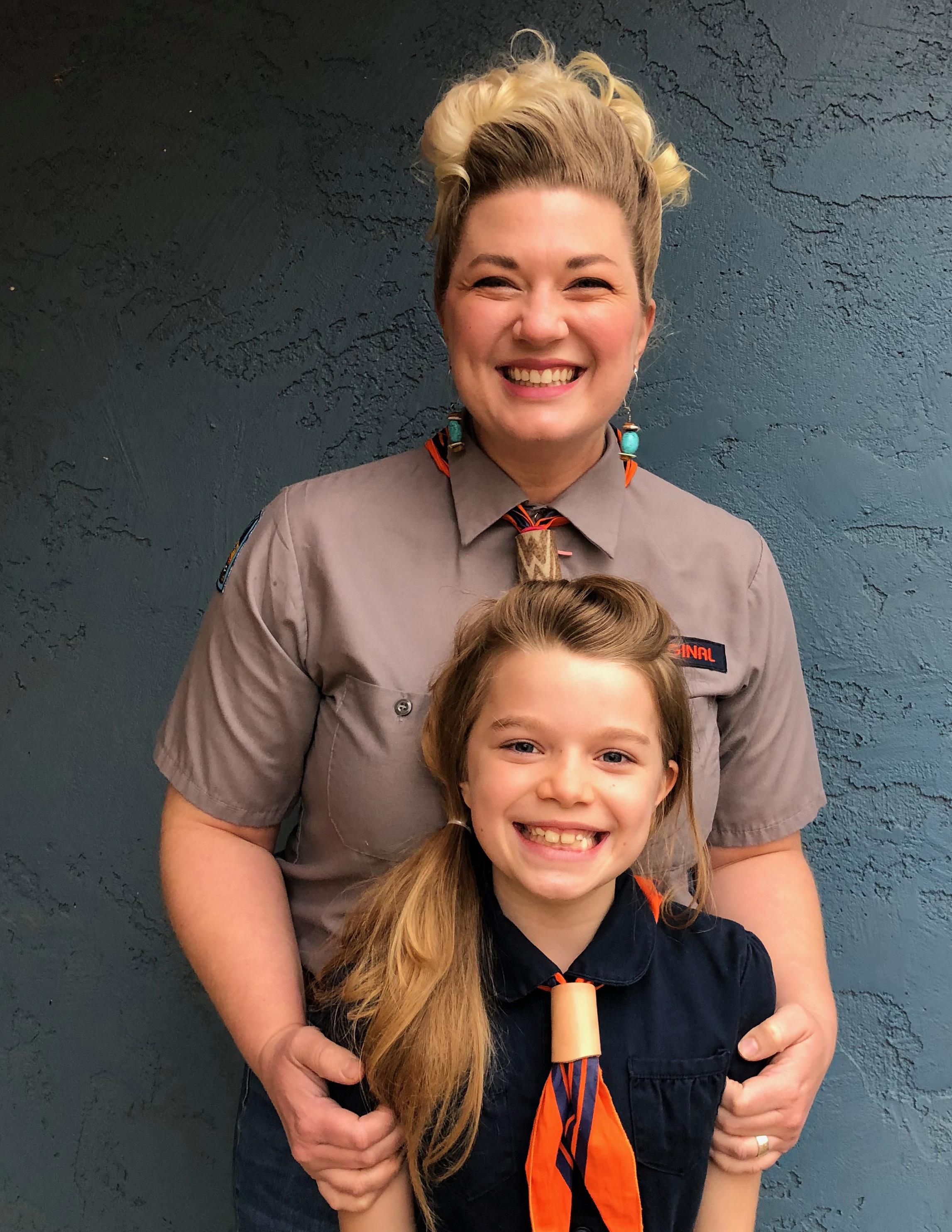
2 minute read
Scottsdale Arts Learning & Innovation
27,098
HOURS OF ARTS INSTRUCTION WERE PROVIDED TO 15,282 STUDENTS, TEACHERS, TEENS, AND ADULTS.
462
EVENTS WERE DELIVERED VIRTUALLY
695
ART KITS WERE PACKAGED, MAILED, AND DELIVERED
24
COLLABORATED WITH 24 COMMUNITY PARTNERS AND EMPLOYED 74 TEACHING ARTISTS.
$28,956
VIRTUAL EMPTY BOWLS REACHED NEARLY 1,800 INDIVIDUALS AND RAISED $28,956 (A 300% INCREASE OVER 2019)
27
PROGRAMS ENGAGED 27 SCHOOLS ACROSS 8 SCHOOL DISTRICTS AND PRIVATE OR CHARTER SCHOOLS.
This year, more than any year before, showed us the power of the arts in building healthy communities by giving us a platform to process and express emotions and connecting us across distances. The Scottsdale Arts Learning & Innovation team worked tirelessly to provide arts-integrated virtual residencies to pre-K through high school classrooms, deliver synchronous and asynchronous teacher workshops, connect teens to artists from around the world in virtual workshops, launch several virtual workshop series for adults, and engage youth across the country through a virtual spring break arts camp.
Despite the changes and challenges, Learning & Innovation’s programs still achieved highly impactful results, proving the arts help us through difficult times. Moving engagement to digital platforms such as Zoom, Teams, and Google Classroom was no easy feat, but as a result, we engaged more than 15,000 people in more than 27,000 hours of arts instruction to meet our mission to provide transformative and intentional arts experiences that unlock potential, ignite creativity, and foster empathy. Here are just a few favorite highlights that demonstrated how the arts impacted our community.
HIGHLIGHTS EVENTS VISIONS ’21
One of the key initiatives of Visions is to further develop teen resiliency through the practice of and discussion around art. Suddenly, 2020 became the utmost litmus test of Visions’ ability to “practice what it preaches” and quickly respond to difficult change. With the closing of schools and banning of gatherings, many of the program offerings were no longer an option. Visions had to flip on a dime … and fast.
The solution: workshops became virtual, where art supplies were sent to the individual students’ homes, and the artists taught from the confines of their studios via Zoom. The beautiful thing about Visions this year was the discovery of new coping mechanisms for teens. Each month, students knew they would have a safe space and a creative outlet to verbally or visually communicate any worries or frustrations with the pandemic. Something about participating in the workshops from the comfort of their own homes allowed them to open up and broaden their conceptual thinking about art. Thus, the healing began.

WOLF TRAP ON-DEMAND
Typically, Arizona Wolf Trap annually engages early childhood students in curriculum concepts while enhancing life-long skills such as fine and gross movements, language, and critical thinking through in-school residencies. Due to the pandemic, school closures and safety measures meant that in-classroom residencies were not possible for the Arizona Wolf Trap team, so instead, they took the program digital through Wolf Trap On-Demand. Excited and challenged by the idea of creating Wolf Trap On-Demand, each teaching artist set to work designing a participatory, arts-integrated digital lesson and accompanying video, often filmed from their home or home studio. The intent of these online lessons was to be accessible, friendly, approachable, and easy to integrate into any early childhood learning situation. The lessons directly connected to literacy, language arts, and STEM (science, technology, engineering, and mathematics) learning through performing arts.



